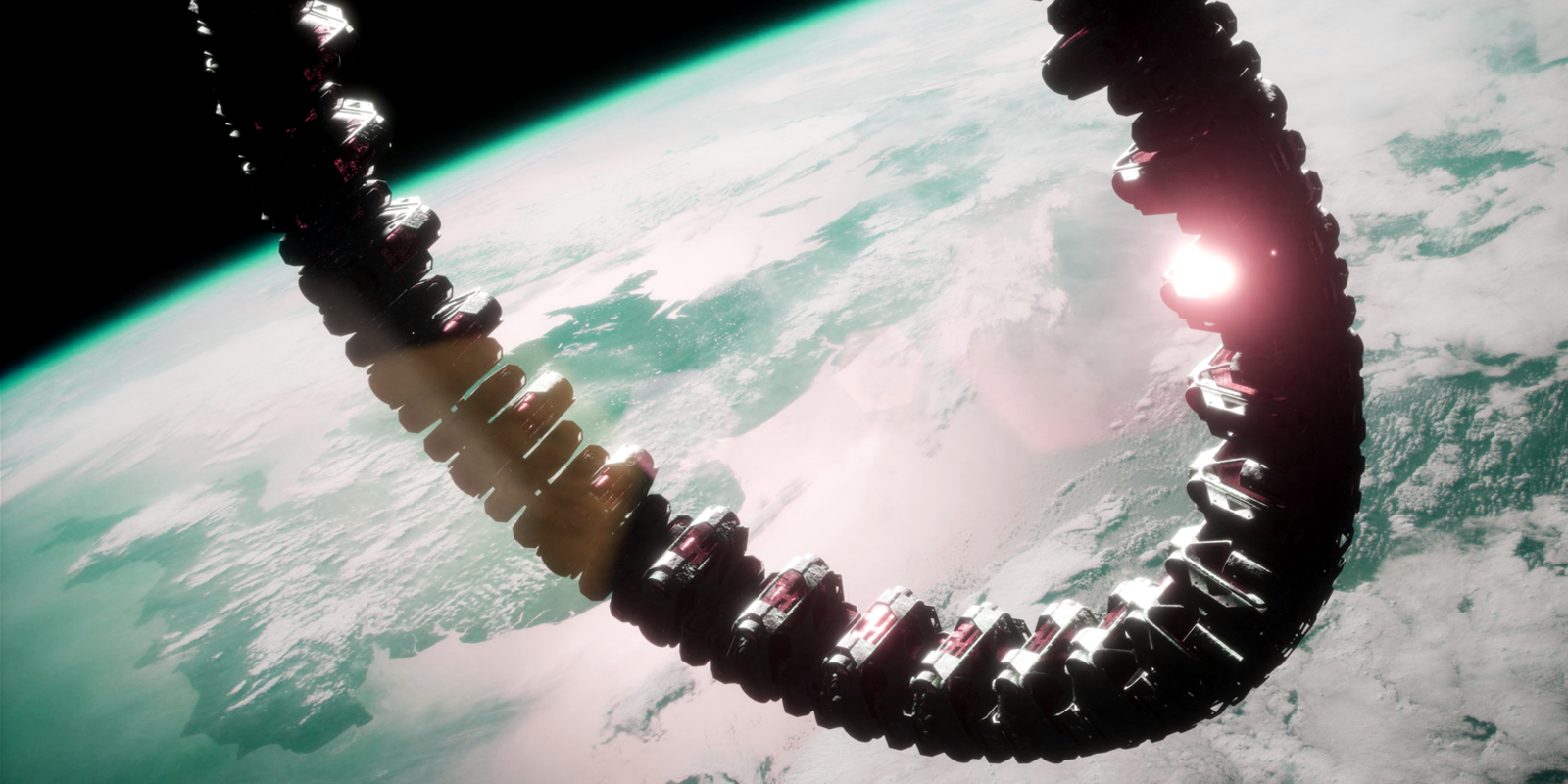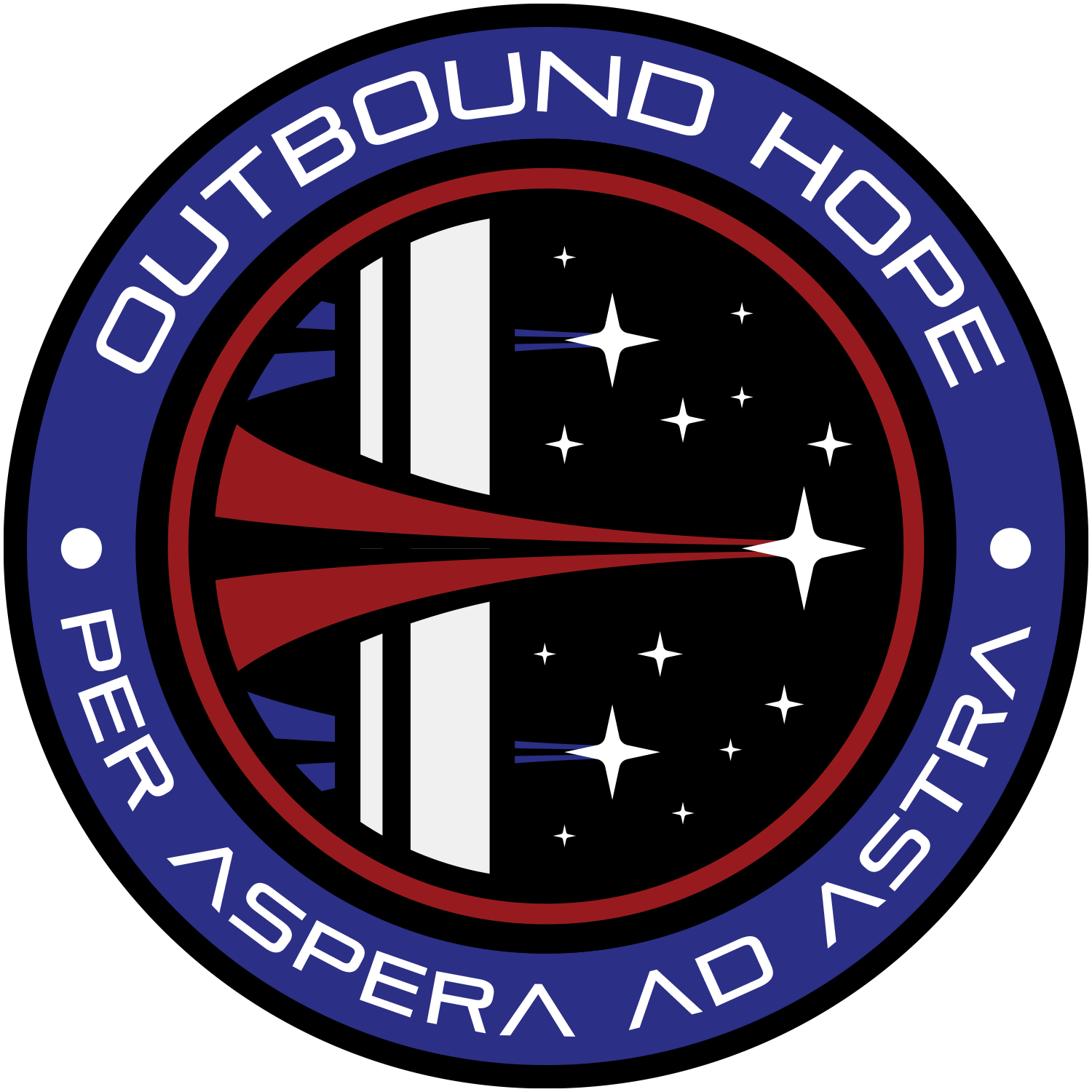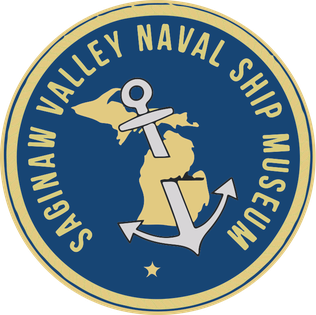The Outbound Discovery Mission
With the Bifröst Station now firmly under US control, American officials – with substantial encouragement from Windfall’s corporate interests – began contemplating an official colonization effort on the station’s far side (a star system now officially referred to as 354-PA, but commonly referred to as either “Asgard” or “Wonderland”).
While most government agencies urged patience and a more reserved colonial approach, Windfall demanded a massive settlement effort. Even before the signing of the Treaty of Titan, the Windfall Corporation had already begun to dramatically expand their development of colonial vessels. Now that the war was over, they lobbied the US Congress toward a sizeable colonial spending bill that contracted Windfall almost exclusively.
GROWING OPPOSITION
Yet the push for interstellar colonization was not supported by all. In government, the military and throughout the public, there existed mounting anti-colonial dissent. A number of environmental groups, human rights organizations and even religious institutions all voiced concern about colonization beyond humanity’s own star. Some discouraged the use of the Bifröst Station altogether.
Though growing in number, the members of the Anti-Colonial Alliance – the term used to describe the loose confederation of these anti-colonial groups – were fractured in their positions and goals. Without central leadership, they failed to overcome Windfall’s corporate machine and a still generally- supportive public.
“It is therefore the will of this body that the planets of the star system known 354-PA be studied but never colonized until we can be assured that a human presence would not be as detrimental to these virgin worlds as it has been for our own…”
THE TWO SUNS ACCORD
Published by the European Blue Party (April 2163)
Despite their inability to gain political traction, some factions within the Alliance still managed to draw widespread attention to their cause. In 2165, as the new colonial fleet neared completion in the shipyards over Titan, the fusion cores of multiple vessels exploded. Thousands of workers were incinerated, torn to pieces or pulled into the vacuum of space. The Titan shipyards – and the new fleet — were all but obliterated. Widely seen as one of the worst terrorist attacks in US territory in a century, authorities demanded answers.
Within hours of the attack, videos posted to the infonet revealed the culprit. The leaders of the Guardians of the Gates of Heaven – a fanatical terrorist group affiliated with a muddled and violent religious creed – celebrated their involvement. Claiming to be protecting “that which humanity had no right to be meddling with,” the terrorist movement admitted to infiltrating Windfall and detonating nuclear devices. US forces would spend the next two decades hunting down the Guardians in a series of strongholds scattered across the solar system.

A NEW FLEET
While the military concerned itself with tracking down the Guardians, Windfall continued with construction. Rebuilding the shipyards with an army of construction drones, they once again set about forging a colonial fleet.
After spending a fortune in resources and trillions in taxpayer dollars, the fleet was finally finished in 2169. Boasting all the latest technologies and luxuries – from long-range communications and hyper-efficient gravitational drives to expansive accommodations and recreational spaces – the fleet was capable of supporting 20,000 colonists across 44 civilian ships and a sizeable state-of-the-art Windfall Corporation science vessel. Participants for the colonial ships were chosen by lottery from a well-vetted supply of nearly 240 million volunteers and led by a civilian governor selected by the Department of Colonial Affairs.
OUTBOUND DISCOVERY
Amidst great fanfare and pomp, the newly-minted Outbound Discovery Fleet was ready to depart in November of 2169. Though a purely-civilian venture, the USSC established an ironclad perimeter around the event to dissuade dissenters and enemies. After rousing speeches from key government officials and Windfall representatives, the fleet was cleared to launch.
“For ages, we’ve watched the stars… wondering what’s out there. Now, for the first time history, we can confidently say: ‘What’s out there… is us…’”
RORI VINCENT – Windfall CEO at the launch of Outbound Discovery
Disappearing through the Bifröst Station, interplanetary media buzzed with excitement. Before screens throughout the star system, billions patiently waited for the Outbound Discovery Fleet to launch its bilateral communications array– a small satellite that would sway between the two sides of the relay in order to maintain steady communication between the two systems.
After hours of waiting, excitement began to turn to anxiety. Officials agreed to send a scout ship to check on the fleet’s status, but returned empty-handed. Several more scouting ventures – each conducting long-range scans of the 354- PA system – likewise found nothing.
The Outbound Discovery Fleet had altogether vanished.

THE OUTBOUND
DISCOVERY MISSION
Launched November 2169 – FATE UNKNOWN
- Led by Commodore Helena Acosta (DCA)
- 20,382 Colonists across 44 Civilian Ships



